Home>Furniture & Design>Bedroom Furniture>When Can A Baby Sleep On A Memory Foam Mattress
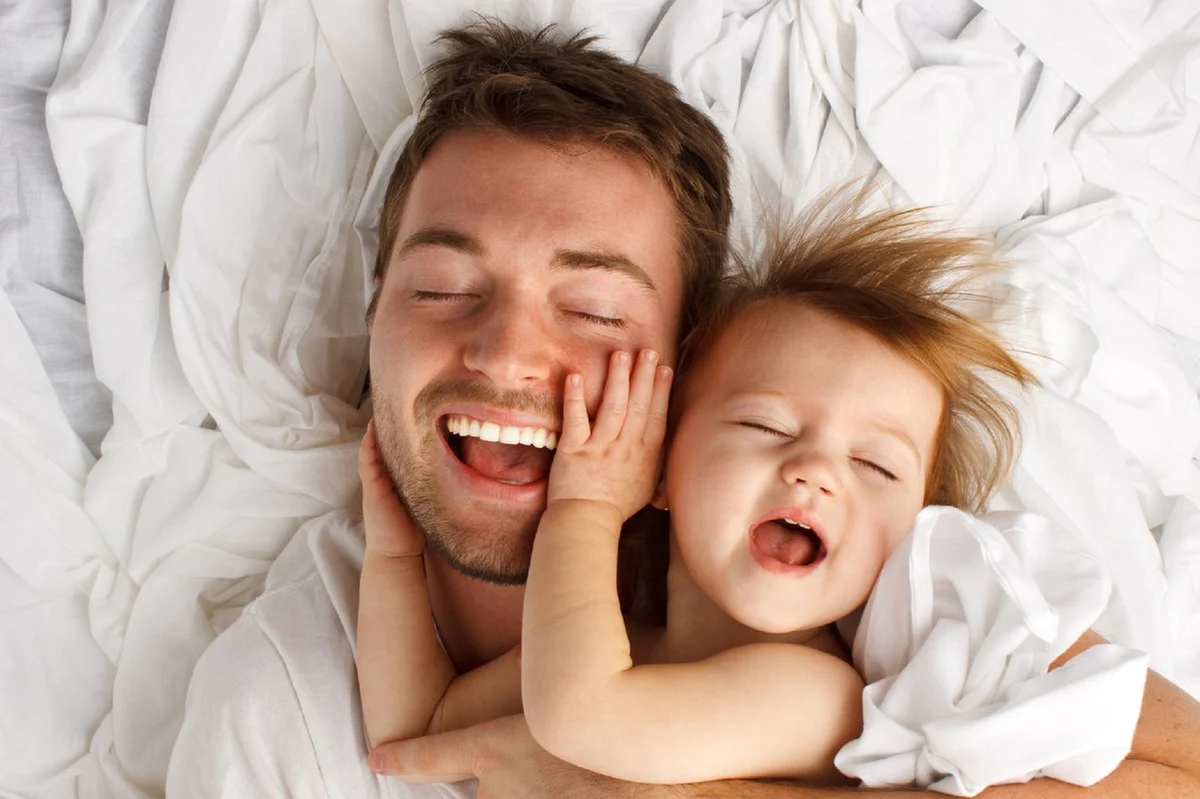

Bedroom Furniture
When Can A Baby Sleep On A Memory Foam Mattress
Modified: January 14, 2024
Discover when it's safe for a baby to sleep on a memory foam mattress and how to create a safe sleep environment with bedroom furniture and design. Explore expert tips!
(Many of the links in this article redirect to a specific reviewed product. Your purchase of these products through affiliate links helps to generate commission for Storables.com, at no extra cost. Learn more)
**
Introduction
**
When it comes to providing a cozy and safe sleeping environment for your little one, choosing the right mattress is of utmost importance. Many parents wonder about the suitability of memory foam mattresses for their babies. While memory foam offers superior comfort and support for adults, concerns arise regarding its appropriateness for infants. In this comprehensive guide, we will delve into the safety considerations, recommended age, SIDS (Sudden Infant Death Syndrome) risk, and essential tips for ensuring a secure and peaceful sleep environment for your baby on a memory foam mattress. Let's navigate through this important topic to empower parents with the knowledge they need to make informed decisions for their precious little ones.
Key Takeaways:
- Memory foam mattresses may not be suitable for babies due to safety concerns, SIDS risk, and overheating. Wait until toddlers transition to a memory foam mattress for better safety and comfort.
- To ensure safe sleep for babies on memory foam mattresses, choose certified infant mattresses, maintain a regulated temperature, promote airflow, and follow safe sleep practices. Prioritize safety and well-being for peaceful sleep.
Read more: When Can Baby Sleep On Soft Mattress
Safety Concerns
When considering a memory foam mattress for your baby, it is crucial to address potential safety concerns. One primary concern is the firmness of the mattress. While memory foam mattresses are known for their contouring properties and pressure relief, they may not always provide the ideal level of firmness recommended for infants. The firmness of a mattress is vital for supporting a baby’s developing skeletal system and reducing the risk of suffocation or SIDS.
Another important safety consideration is the composition of the memory foam itself. Some memory foam mattresses may contain materials or chemicals that could emit volatile organic compounds (VOCs) or other potentially harmful substances. It’s essential to select a mattress that is certified as safe for use by infants and free from hazardous chemicals.
Furthermore, the risk of overheating should be taken into account. Memory foam mattresses are known for their heat-retaining properties, which may not be suitable for babies who are prone to overheating. Ensuring proper ventilation and airflow around the mattress is crucial to prevent the baby from becoming too hot during sleep.
Lastly, the durability and structural integrity of the mattress are essential safety considerations. A high-quality memory foam mattress should maintain its shape and firmness to provide a safe and supportive sleeping surface for the baby.
Recommended Age
When it comes to introducing a memory foam mattress for your baby, the recommended age is a critical factor to consider. The American Academy of Pediatrics (AAP) recommends that infants sleep on a firm and flat surface to minimize the risk of Sudden Infant Death Syndrome (SIDS). While memory foam mattresses offer exceptional comfort and support for adults, they may not align with the AAP’s guidelines for safe sleep for infants.
It is generally advised to wait until the child transitions to a toddler bed before considering a memory foam mattress. By this stage, the child’s skeletal development has progressed, and the risk of suffocation due to inadequate firmness is significantly reduced. Toddlers have greater mobility and can adjust their sleeping positions, further mitigating the concerns associated with memory foam mattresses.
It’s important to prioritize the safety and well-being of your baby by adhering to the recommended age guidelines for introducing different types of mattresses. While memory foam mattresses offer exceptional pressure relief and support for adults, they may not align with the specific safety requirements for infants.
Babies should not sleep on memory foam mattresses due to the risk of suffocation and overheating. It’s best to use a firm, flat mattress for safe sleep.
SIDS Risk
Sudden Infant Death Syndrome (SIDS) is a devastating and unexplained phenomenon that can occur during a baby’s sleep. It is crucial to consider the potential impact of mattress choice on the risk of SIDS when evaluating the suitability of a memory foam mattress for your baby.
One of the primary concerns related to SIDS risk when using a memory foam mattress for an infant is the firmness of the sleeping surface. The American Academy of Pediatrics (AAP) recommends a firm and flat mattress to create a safe sleep environment for babies. Memory foam mattresses, known for their contouring properties and pressure relief, may not provide the level of firmness required to reduce the risk of SIDS in infants.
Furthermore, the heat-retaining properties of memory foam mattresses can contribute to overheating, which is recognized as a potential risk factor for SIDS. Babies are more susceptible to overheating during sleep, and it is essential to maintain a comfortable and regulated temperature in their sleeping environment to minimize the risk of SIDS.
While the exact relationship between mattress type and SIDS risk is not fully understood, adhering to the AAP’s guidelines for a firm and flat sleep surface remains a fundamental strategy for reducing the risk of SIDS. It is crucial for parents to prioritize safety when selecting a mattress for their baby’s sleep environment and to consider the potential implications of mattress characteristics on SIDS risk.
Tips for Safe Sleep
Ensuring a safe sleep environment for your baby on a memory foam mattress involves implementing specific strategies to mitigate potential risks and promote a secure and comfortable sleeping experience. Here are essential tips for creating a safe sleep environment:
- Choose the Right Mattress: Select a memory foam mattress specifically designed and certified for use by infants. Look for certifications that validate the mattress’s safety and quality, such as CertiPUR-US or GREENGUARD, ensuring that it is free from harmful chemicals and meets stringent safety standards.
- Use a Firm Surface: Place the memory foam mattress on a firm and sturdy foundation to ensure optimal support for your baby. Avoid placing additional padding or soft bedding on top of the mattress to maintain a firm sleep surface.
- Monitor Temperature: Keep the room temperature at a comfortable level to prevent overheating. Dress your baby in lightweight sleep clothing and avoid overdressing to maintain a regulated body temperature during sleep.
- Promote Airflow: Ensure adequate ventilation around the mattress to prevent the accumulation of heat. Use breathable crib sheets and avoid covering the baby’s face or head with blankets or bedding to allow for proper airflow.
- Positioning and Supervision: Always place your baby on their back for sleep, as recommended by the AAP to reduce the risk of SIDS. Additionally, closely supervise your baby during sleep and avoid exposing them to tobacco smoke or other environmental hazards that may compromise their respiratory health.
- Regular Maintenance: Inspect the mattress regularly for signs of wear and tear, and ensure that it maintains its structural integrity and firmness. Replace the mattress if it shows any signs of deterioration to uphold a safe sleep surface for your baby.
By following these tips, you can create a safe and nurturing sleep environment for your baby on a memory foam mattress, prioritizing their comfort and well-being while addressing potential safety concerns associated with this type of bedding.
Read more: How To Sleep On A Memory Foam Mattress
Conclusion
Choosing the right mattress for your baby is a significant decision that directly impacts their safety and well-being during sleep. While memory foam mattresses offer exceptional comfort and support for adults, it is essential to consider specific factors when evaluating their suitability for infants.
When contemplating the use of a memory foam mattress for your baby, it is crucial to prioritize safety by selecting a mattress that meets the necessary certifications for infant use and adheres to the firmness guidelines recommended by pediatric experts. Additionally, maintaining a regulated temperature, promoting airflow, and implementing safe sleep practices are essential for creating a secure sleep environment for your baby on a memory foam mattress.
Ultimately, the recommended age for introducing a memory foam mattress, the potential SIDS risk, and the implementation of safe sleep tips collectively contribute to informed decision-making regarding your baby’s bedding. By staying informed and prioritizing safety, you can provide your baby with a comfortable and secure sleep environment, fostering their healthy growth and development.
While memory foam mattresses offer numerous benefits for adult sleepers, it is crucial to approach their use for infants with careful consideration and a commitment to safety. By integrating the insights and guidelines outlined in this guide, you can navigate the complexities of choosing a suitable mattress for your baby, ensuring that they enjoy restful and secure sleep from the earliest stages of life.
Frequently Asked Questions about When Can A Baby Sleep On A Memory Foam Mattress
Was this page helpful?
At Storables.com, we guarantee accurate and reliable information. Our content, validated by Expert Board Contributors, is crafted following stringent Editorial Policies. We're committed to providing you with well-researched, expert-backed insights for all your informational needs.
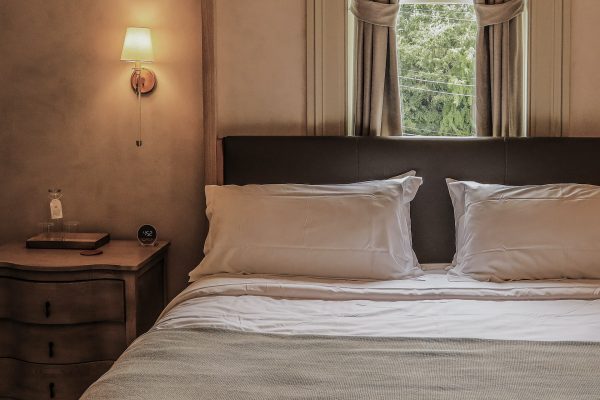
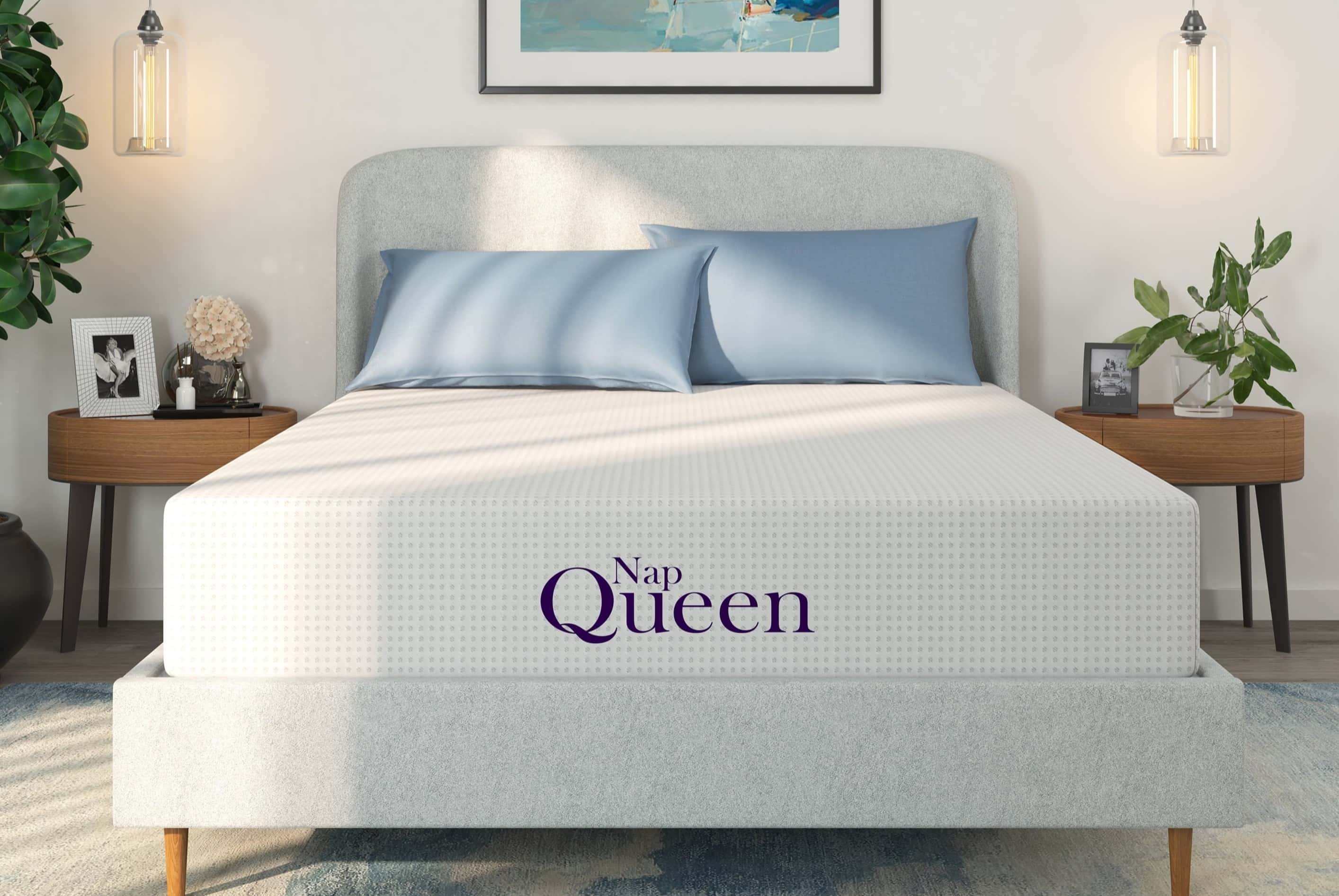
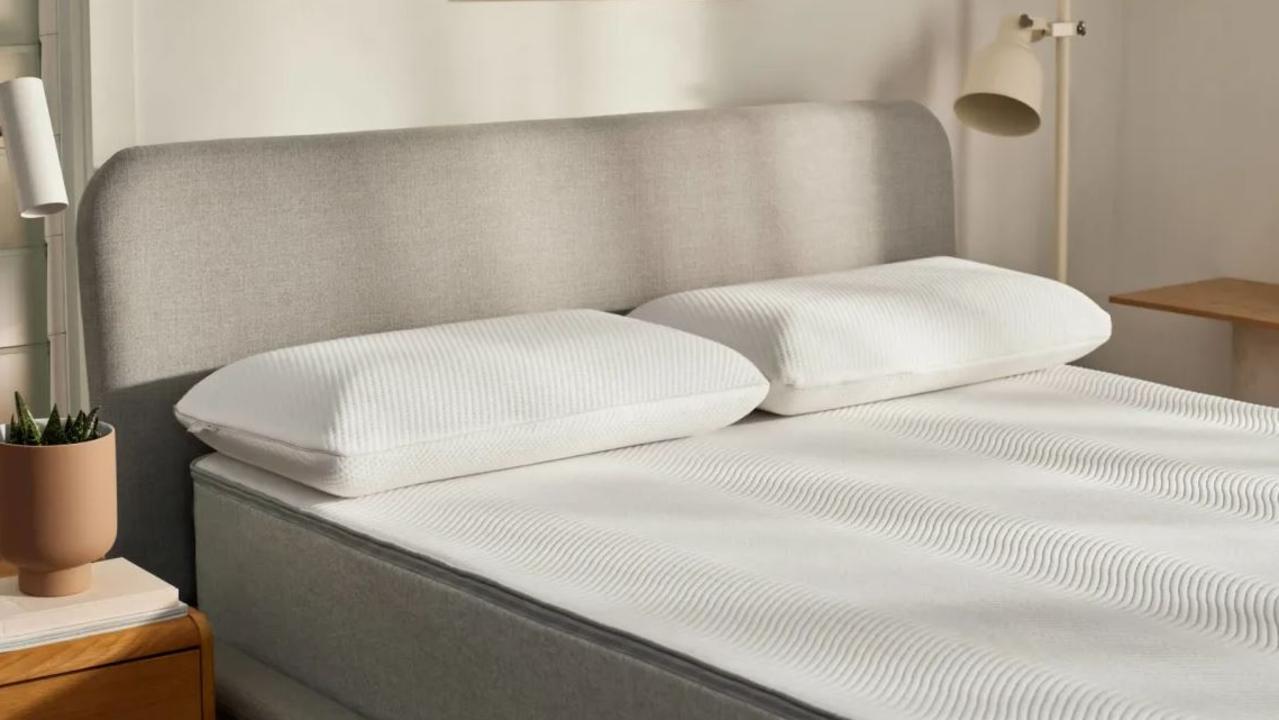
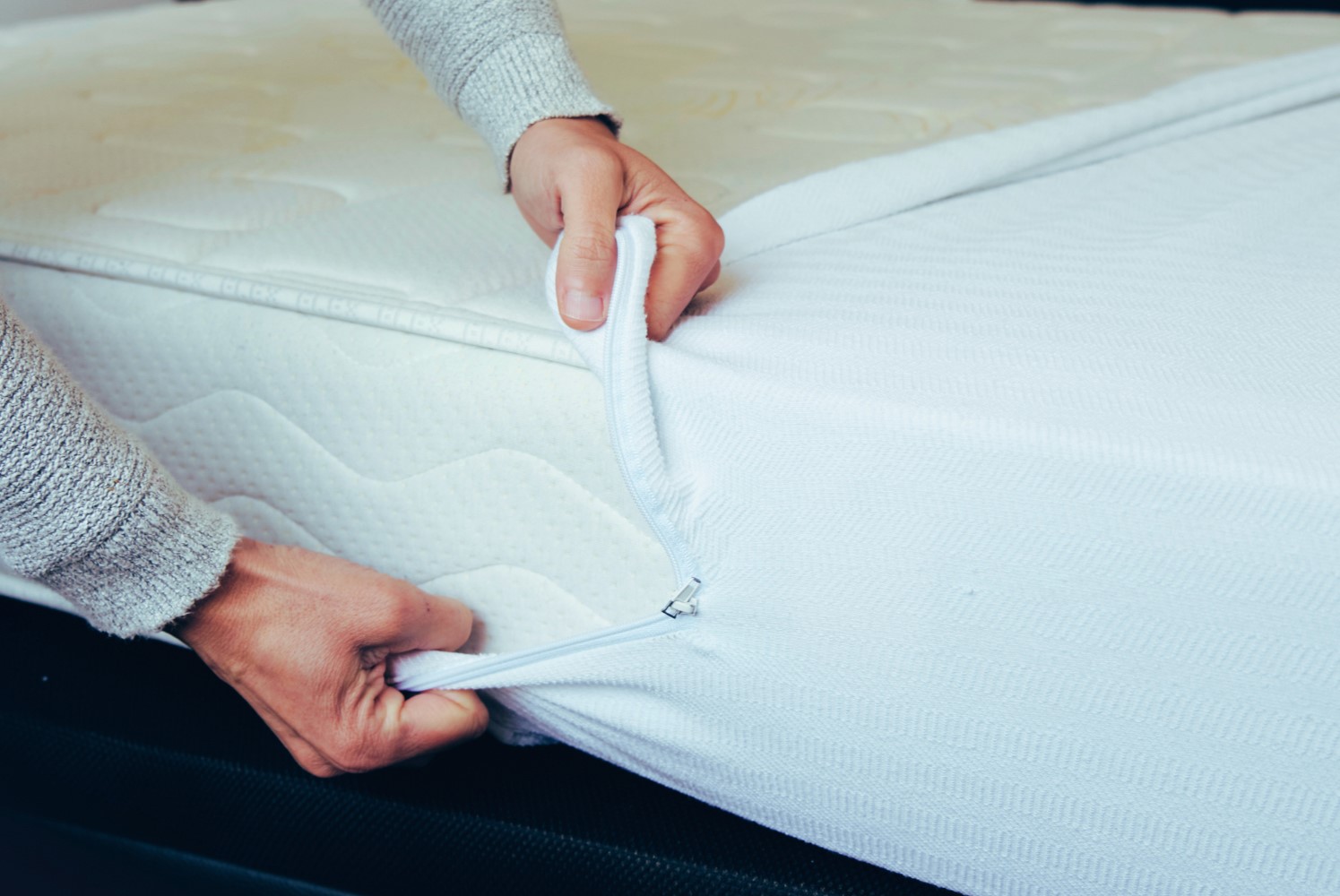
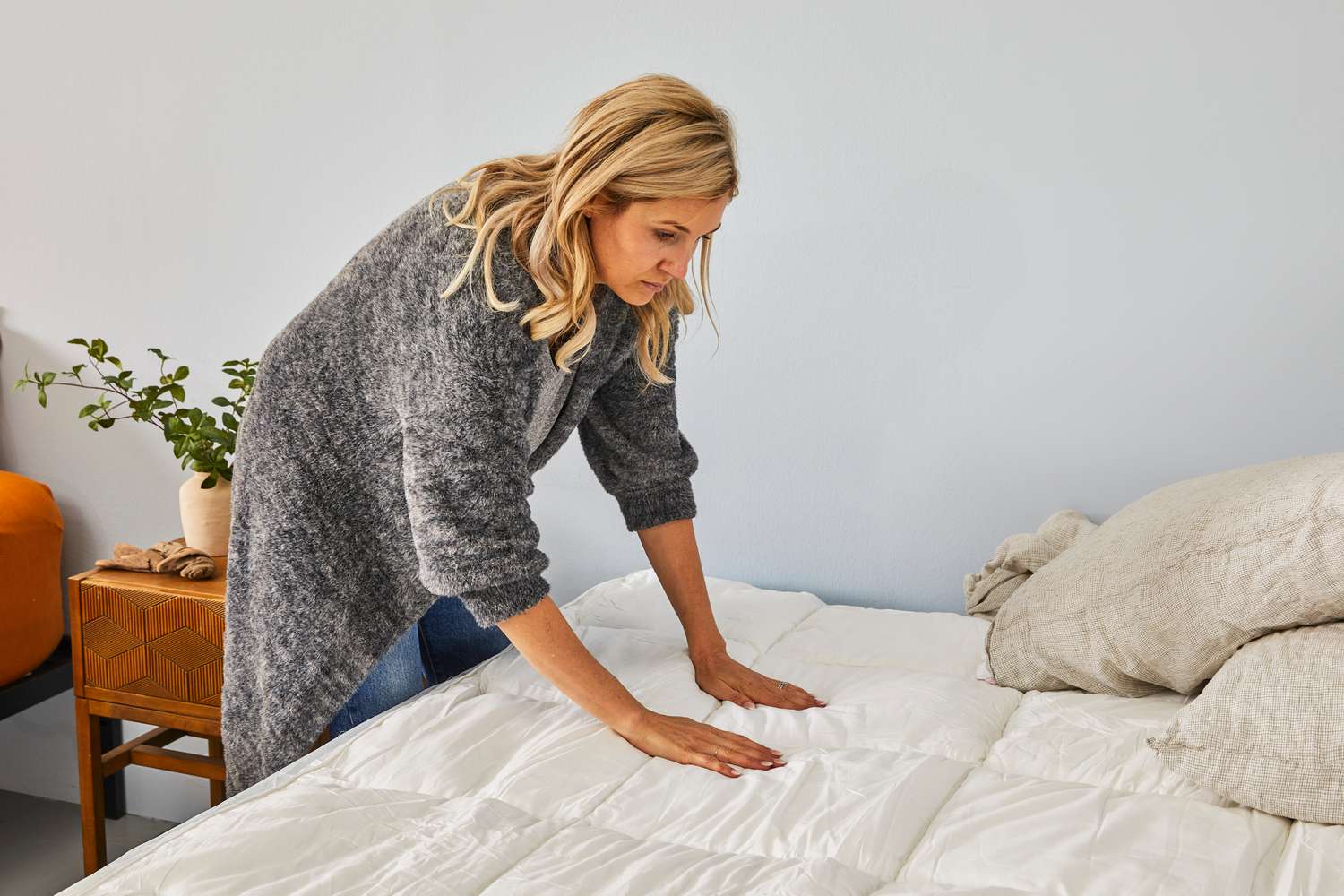
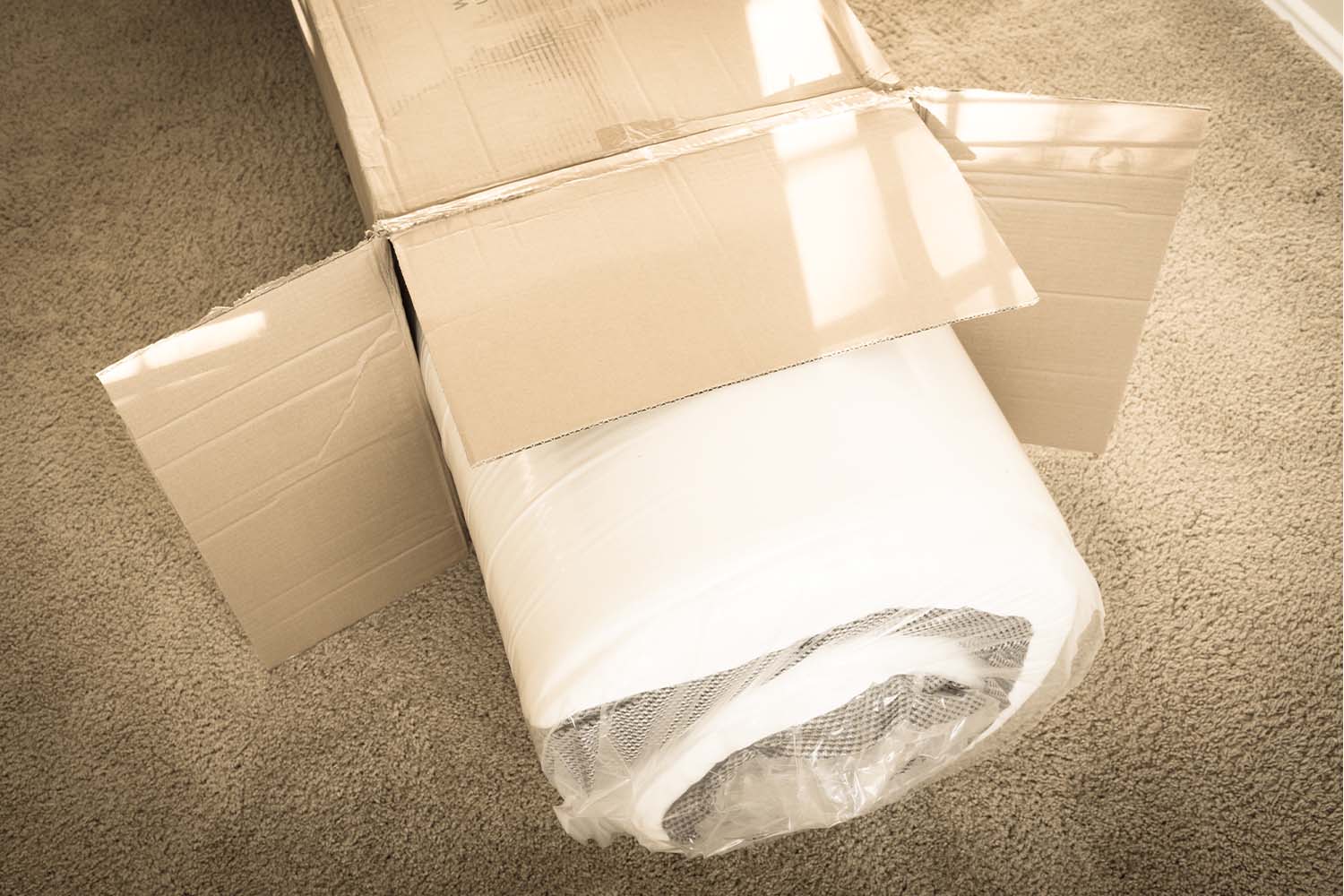
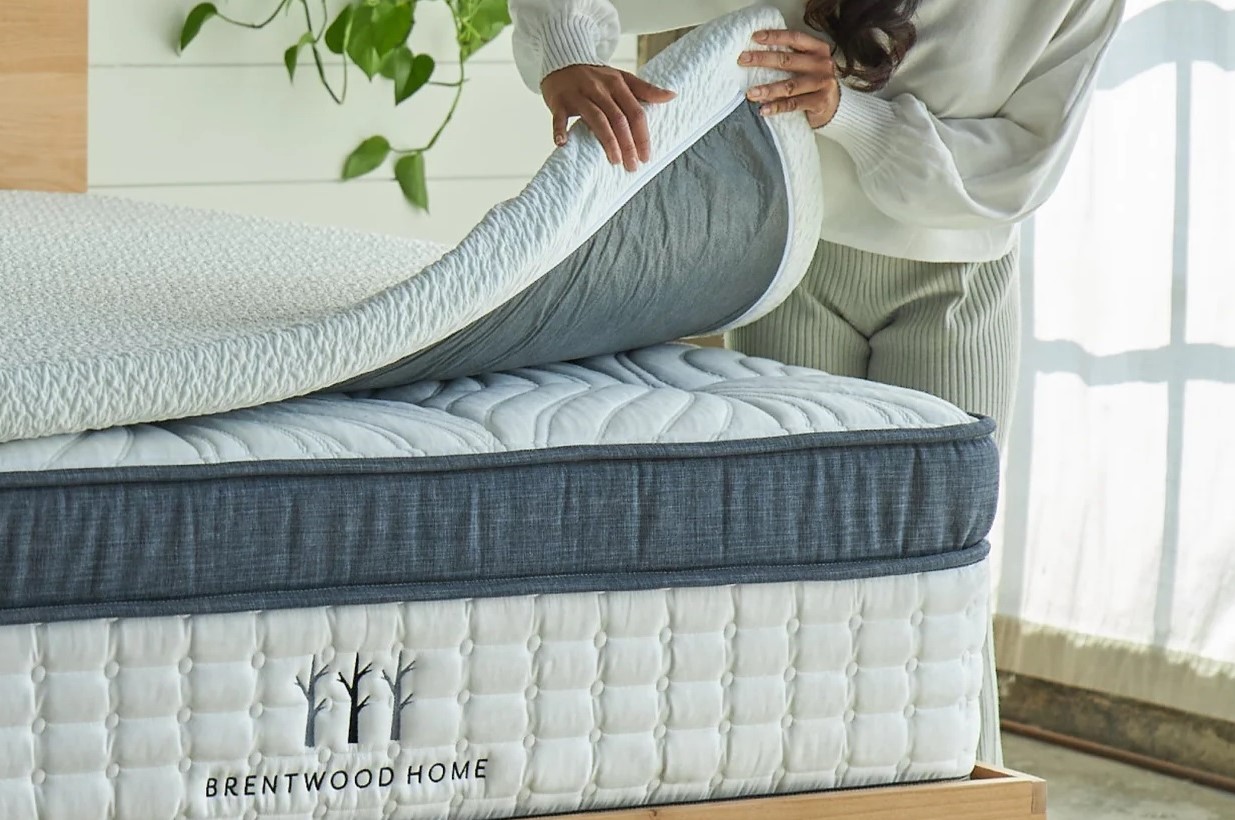
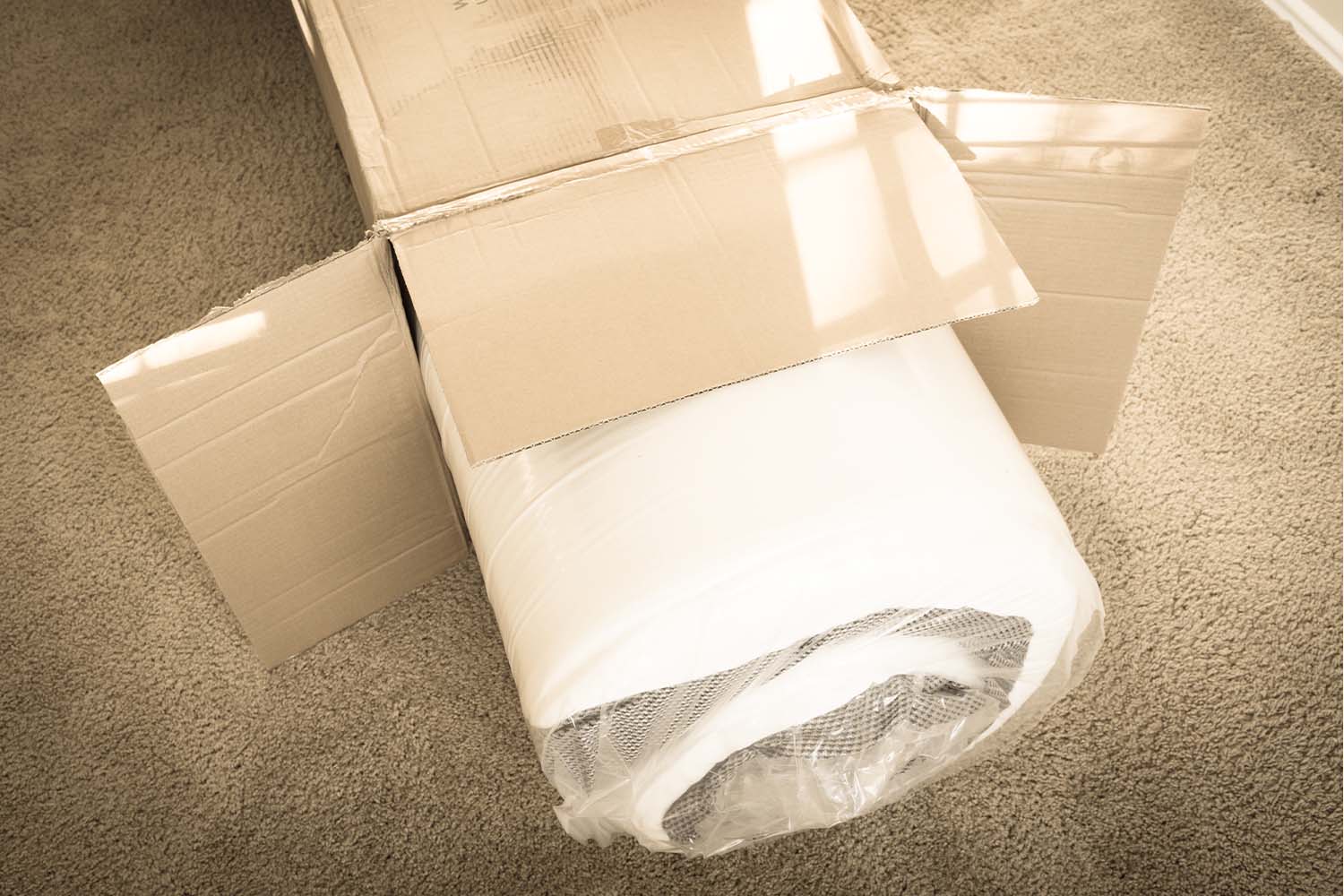
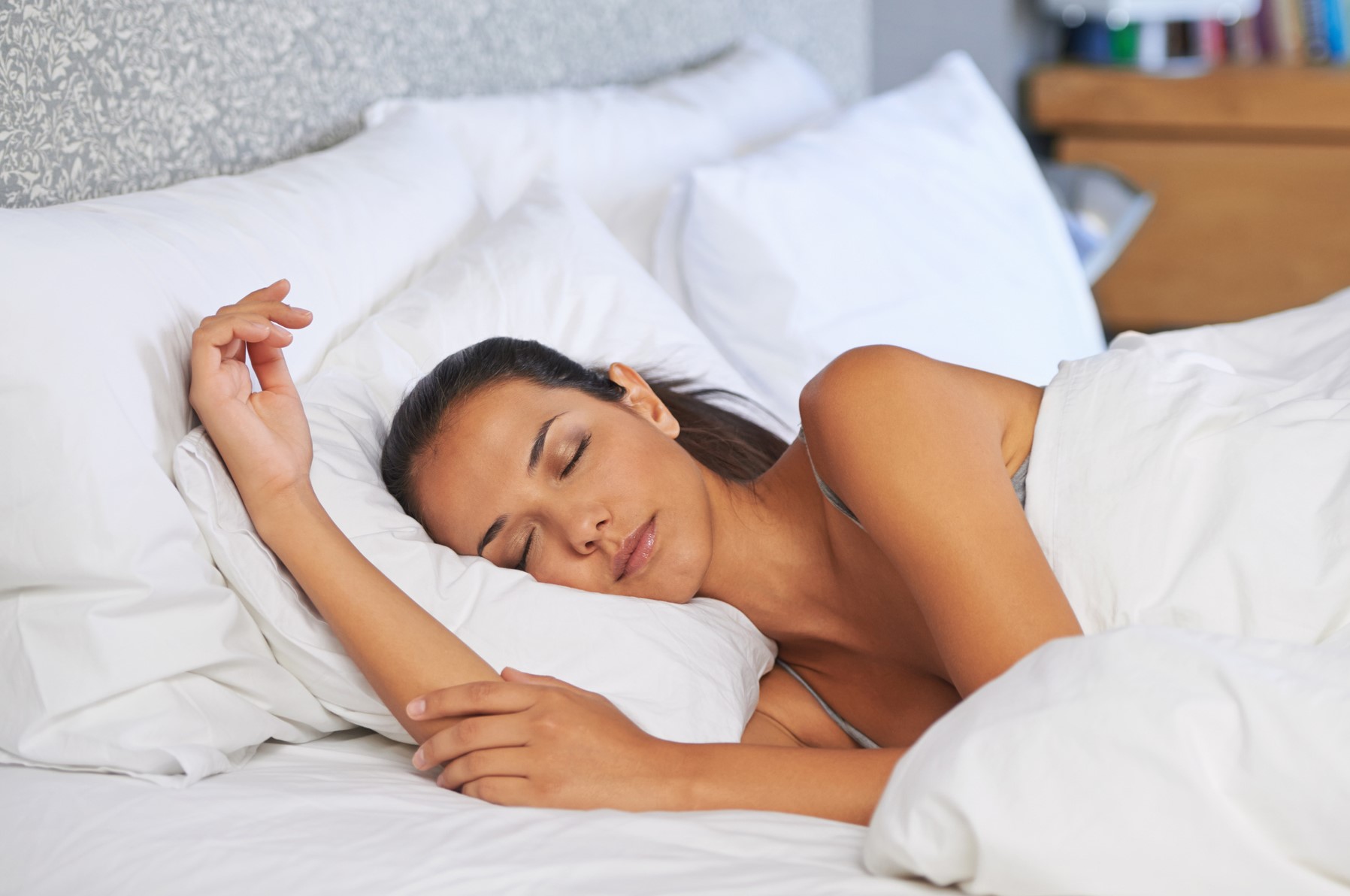
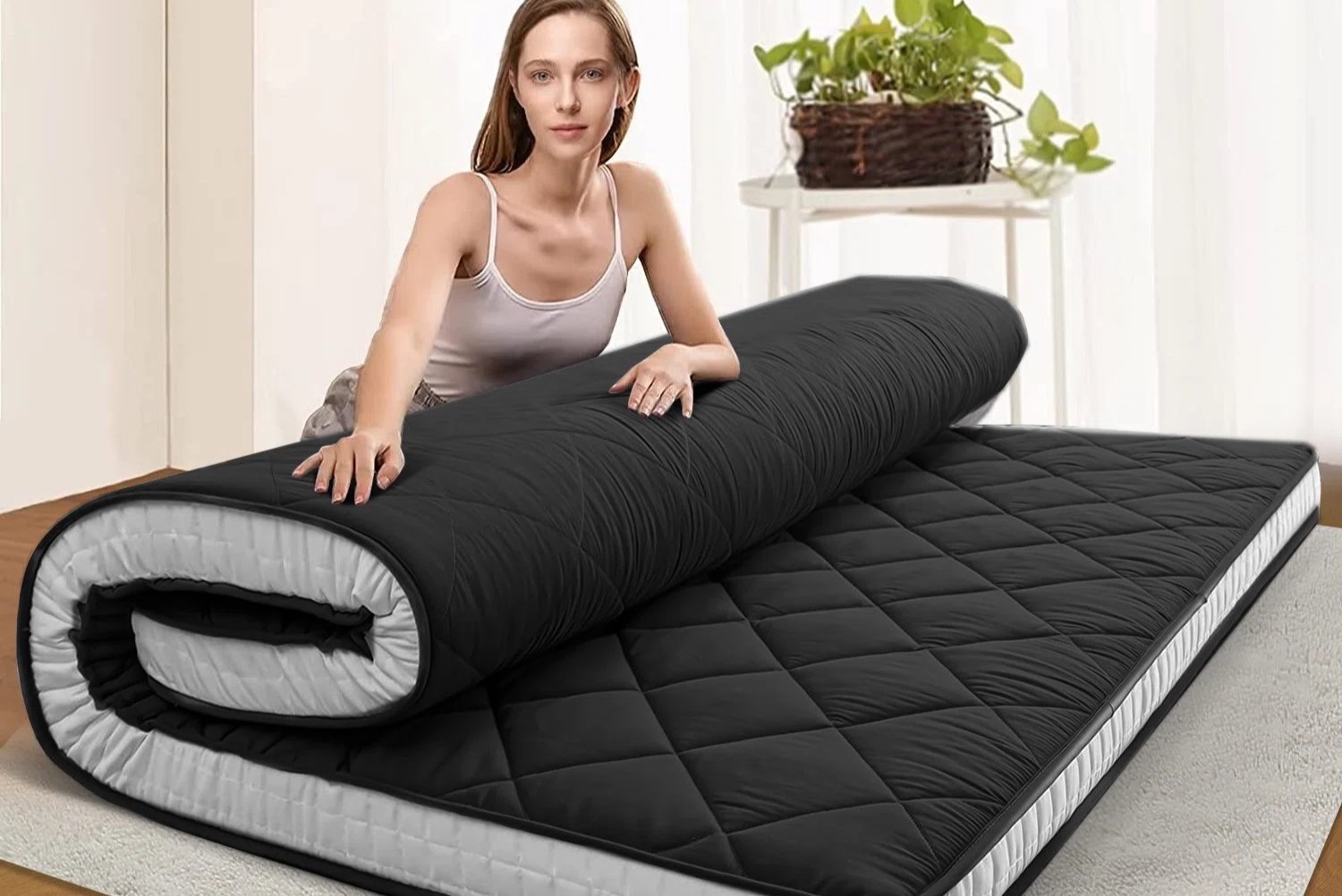
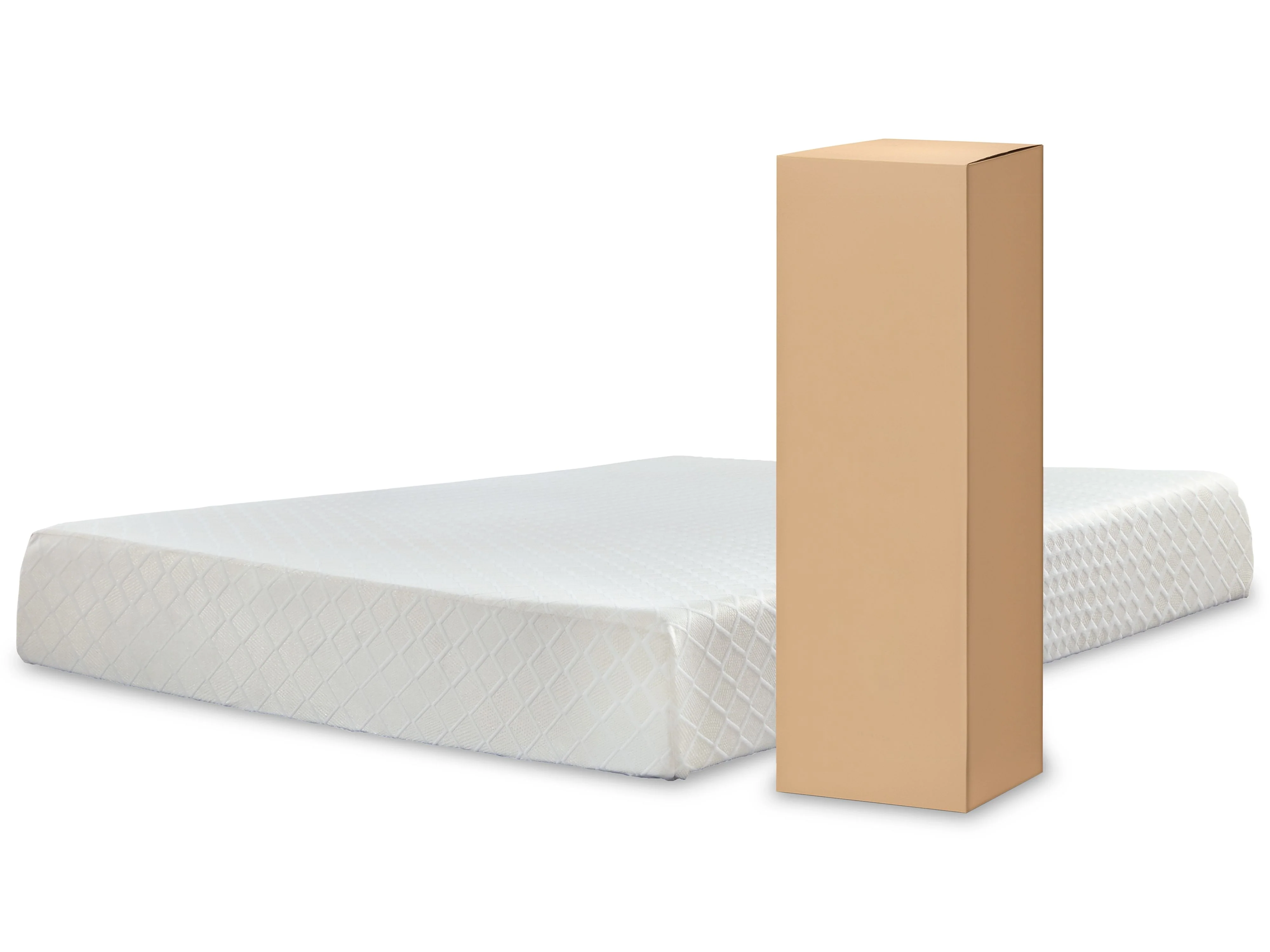
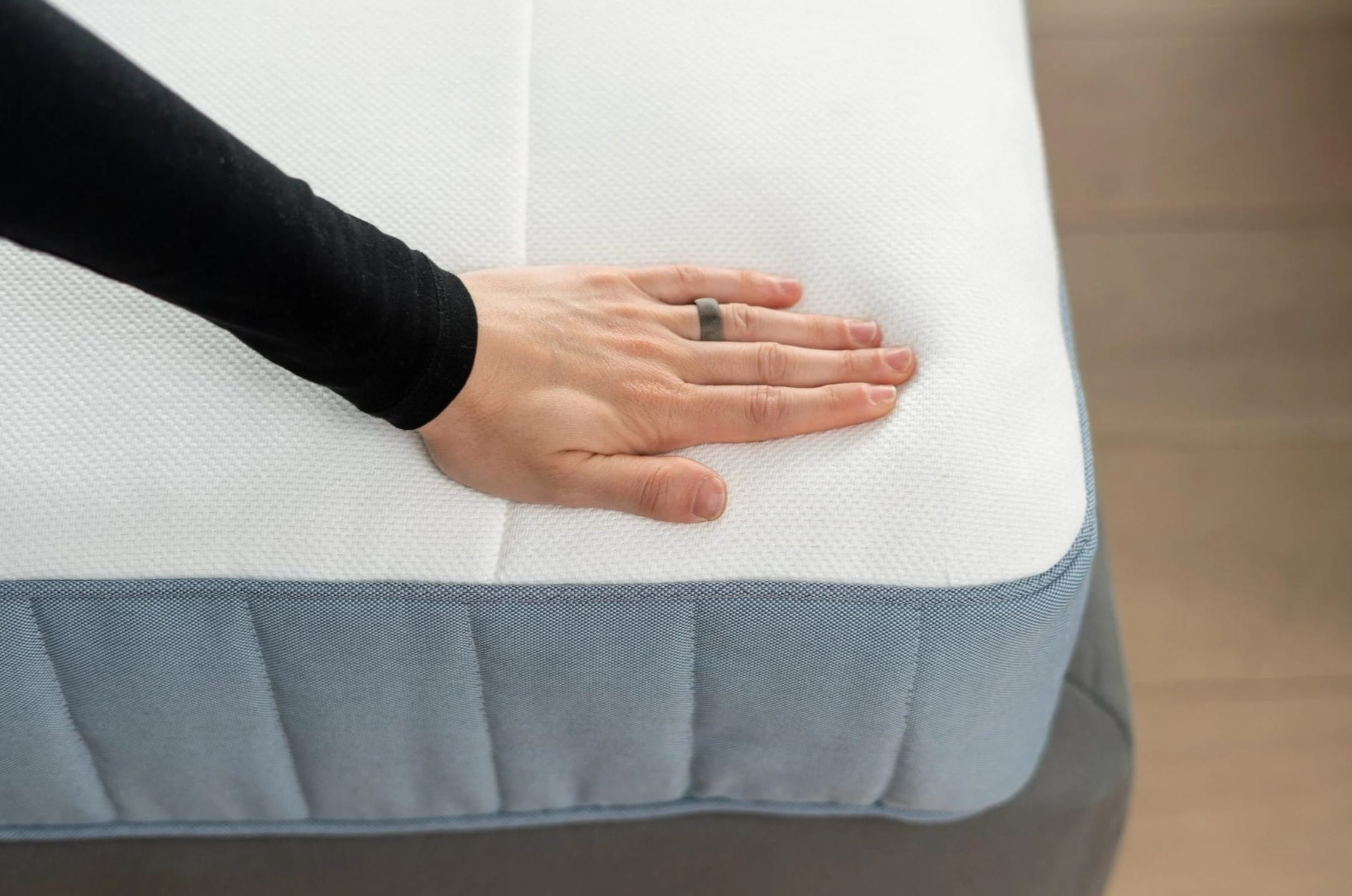
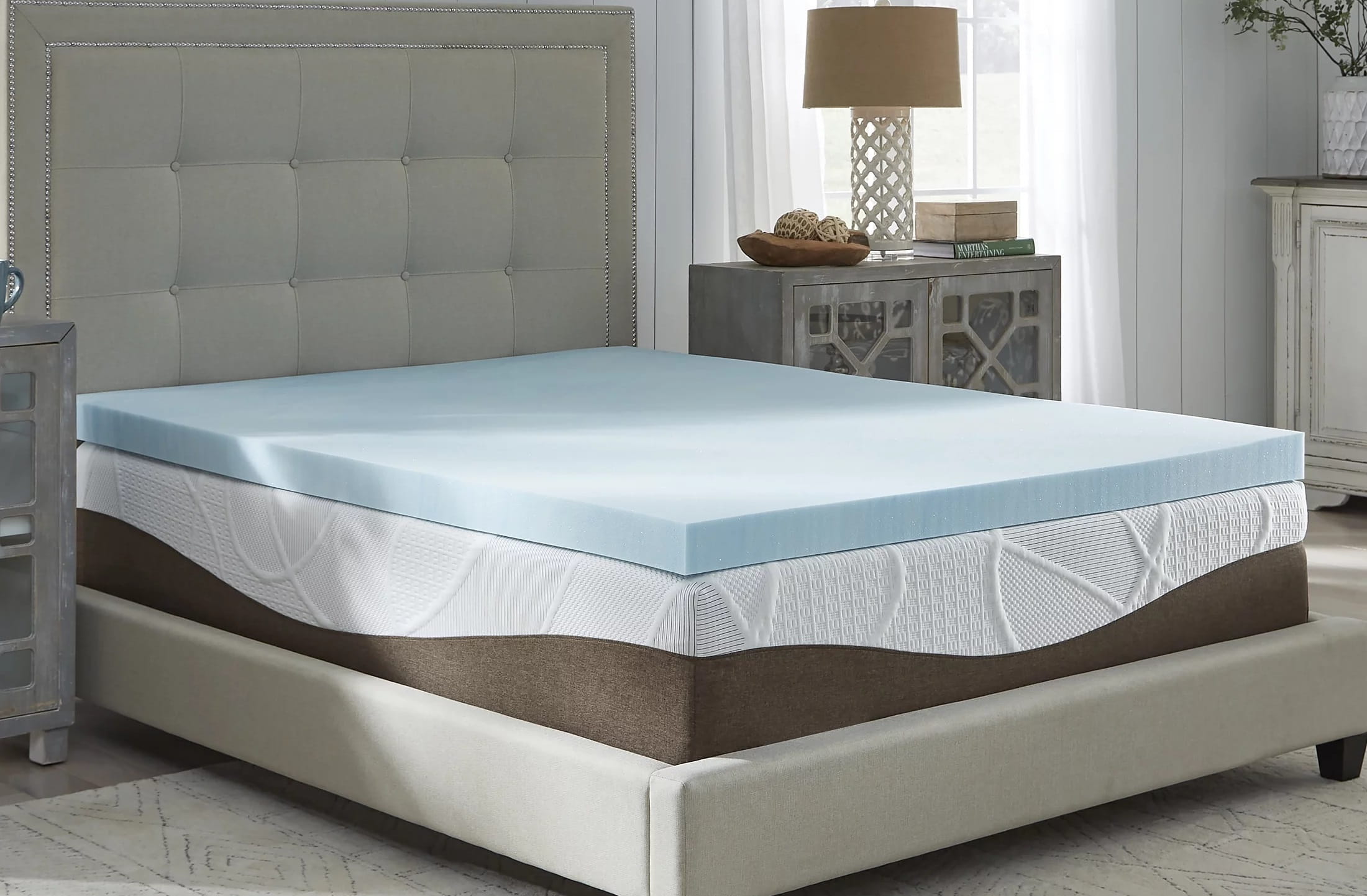
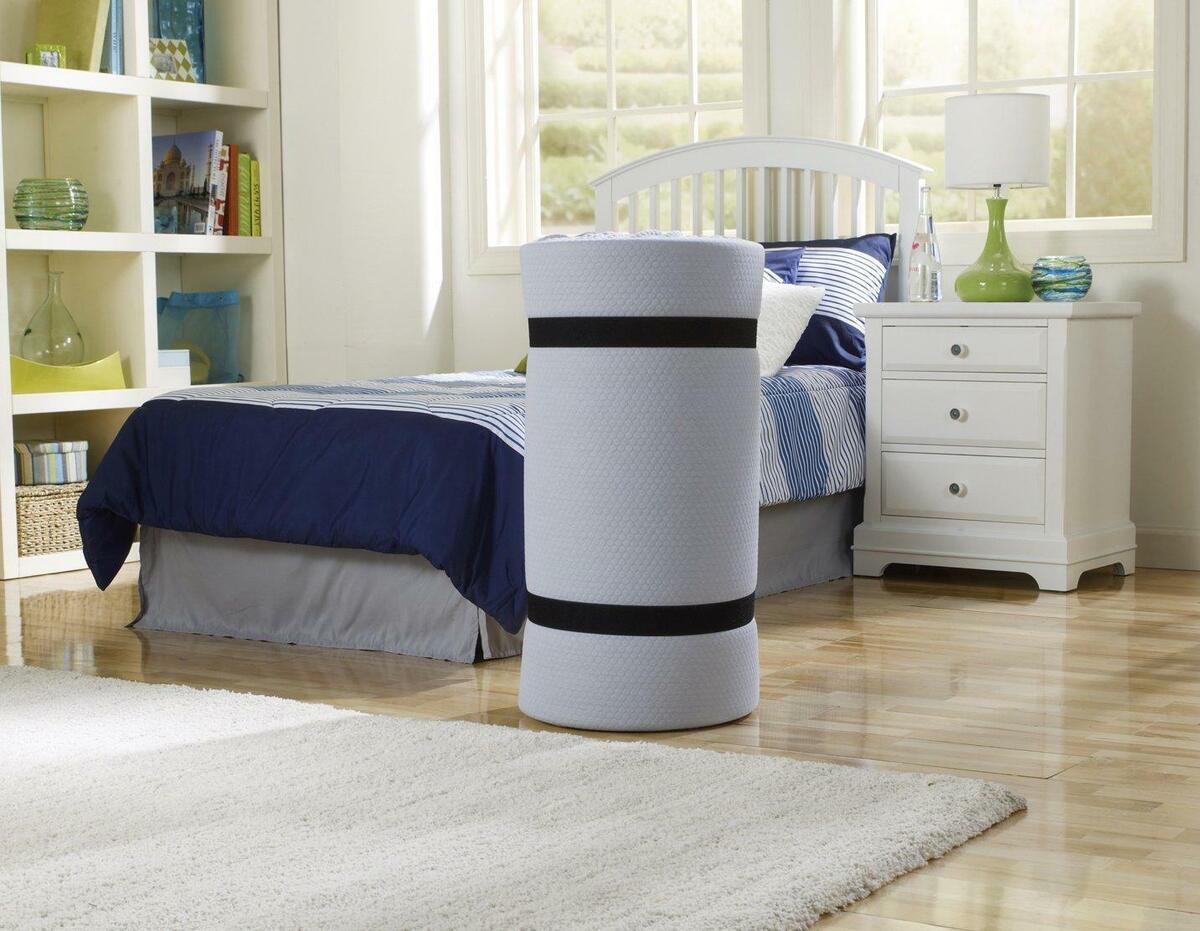

0 thoughts on “When Can A Baby Sleep On A Memory Foam Mattress”